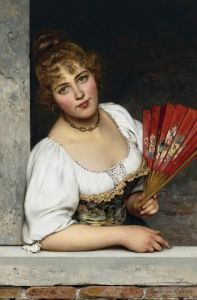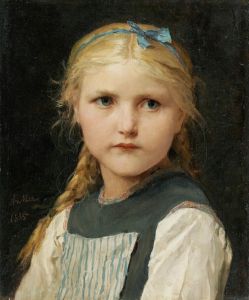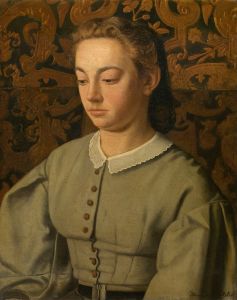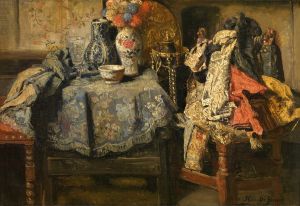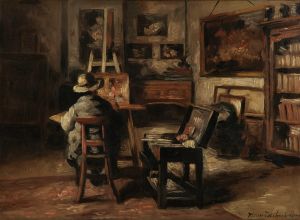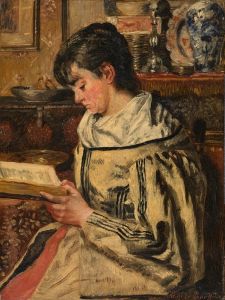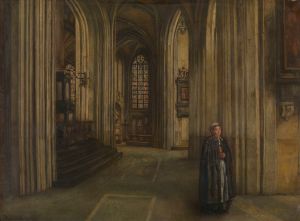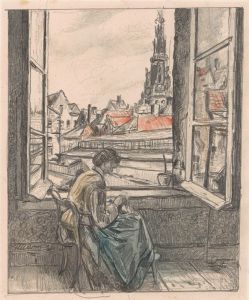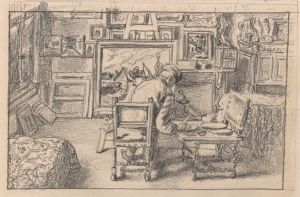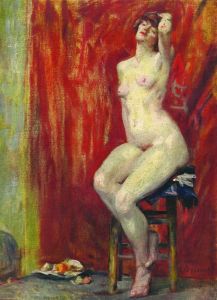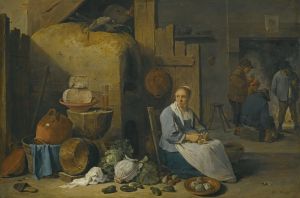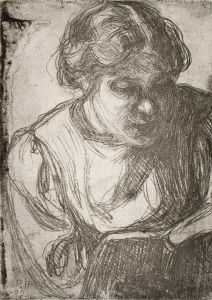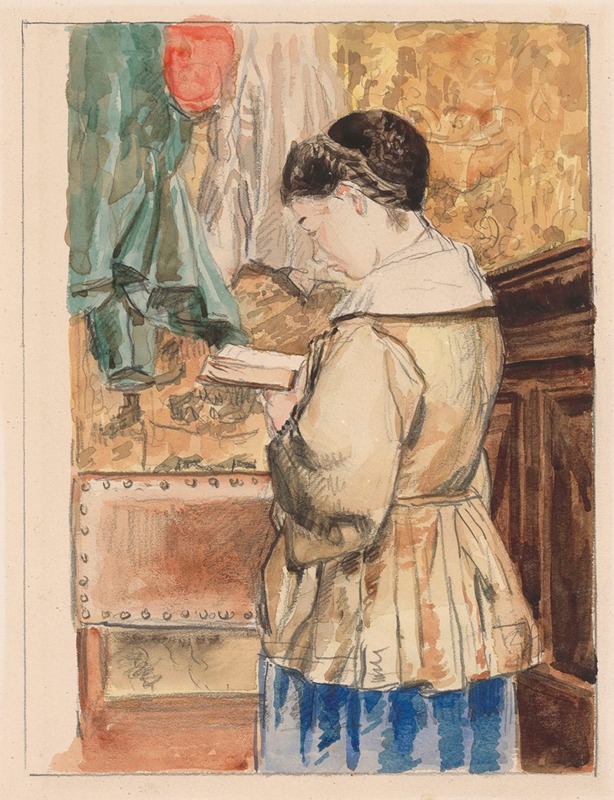
Woman Reading
A hand-painted replica of Henri de Braekeleer’s masterpiece Woman Reading, meticulously crafted by professional artists to capture the true essence of the original. Each piece is created with museum-quality canvas and rare mineral pigments, carefully painted by experienced artists with delicate brushstrokes and rich, layered colors to perfectly recreate the texture of the original artwork. Unlike machine-printed reproductions, this hand-painted version brings the painting to life, infused with the artist’s emotions and skill in every stroke. Whether for personal collection or home decoration, it instantly elevates the artistic atmosphere of any space.
Henri de Braekeleer was a Belgian painter known for his detailed and atmospheric interior scenes, often depicting solitary figures engaged in quiet, everyday activities. One of his notable works is "Woman Reading," which exemplifies his skill in capturing the subtleties of light and texture, as well as his interest in the introspective moments of daily life.
"Woman Reading" portrays a solitary female figure absorbed in a book, set within a domestic interior. The painting is characterized by its meticulous attention to detail and the serene, contemplative mood it evokes. De Braekeleer was influenced by the 17th-century Dutch masters, particularly in his use of light and shadow to create depth and atmosphere. This influence is evident in "Woman Reading," where the interplay of light and shadow adds a sense of realism and intimacy to the scene.
The composition of "Woman Reading" is carefully constructed to draw the viewer's attention to the central figure. The woman is seated, with her body slightly turned, engrossed in her reading. The surrounding environment is depicted with precision, from the texture of the furniture to the subtle play of light on the walls. This attention to detail not only enhances the realism of the scene but also contributes to the overall mood of quiet contemplation.
De Braekeleer's use of color in "Woman Reading" is restrained yet effective. The palette is dominated by earthy tones and muted hues, which serve to highlight the tranquility of the setting. The subdued colors also allow the viewer to focus on the figure and the act of reading, emphasizing the theme of introspection and solitude.
The painting reflects de Braekeleer's interest in capturing the essence of everyday life, a theme that runs throughout much of his work. By focusing on a single moment of quiet reflection, "Woman Reading" invites the viewer to pause and consider the simple yet profound act of reading. This focus on the ordinary, rendered with extraordinary skill, is a hallmark of de Braekeleer's artistic approach.
Henri de Braekeleer was part of a family of artists; his father, Ferdinand de Braekeleer the Elder, was also a painter, and his uncle, Henri Leys, was a prominent figure in the Belgian art scene. De Braekeleer's work, including "Woman Reading," is often associated with the Realist movement, which sought to depict subjects truthfully and without idealization. His paintings are noted for their psychological depth and the way they capture the quiet dignity of everyday life.
"Woman Reading" is housed in the Royal Museum of Fine Arts in Antwerp, Belgium, where it continues to be appreciated for its technical mastery and its evocative portrayal of a moment of personal reflection. The painting remains an excellent example of de Braekeleer's ability to transform a simple, domestic scene into a work of art that resonates with viewers on an emotional level.
Overall, "Woman Reading" is a testament to Henri de Braekeleer's skill as a painter and his ability to convey the beauty and significance of ordinary moments. Through his careful composition, use of light and color, and attention to detail, de Braekeleer creates a scene that is both realistic and deeply contemplative, inviting viewers to engage with the painting on both an aesthetic and an emotional level.






